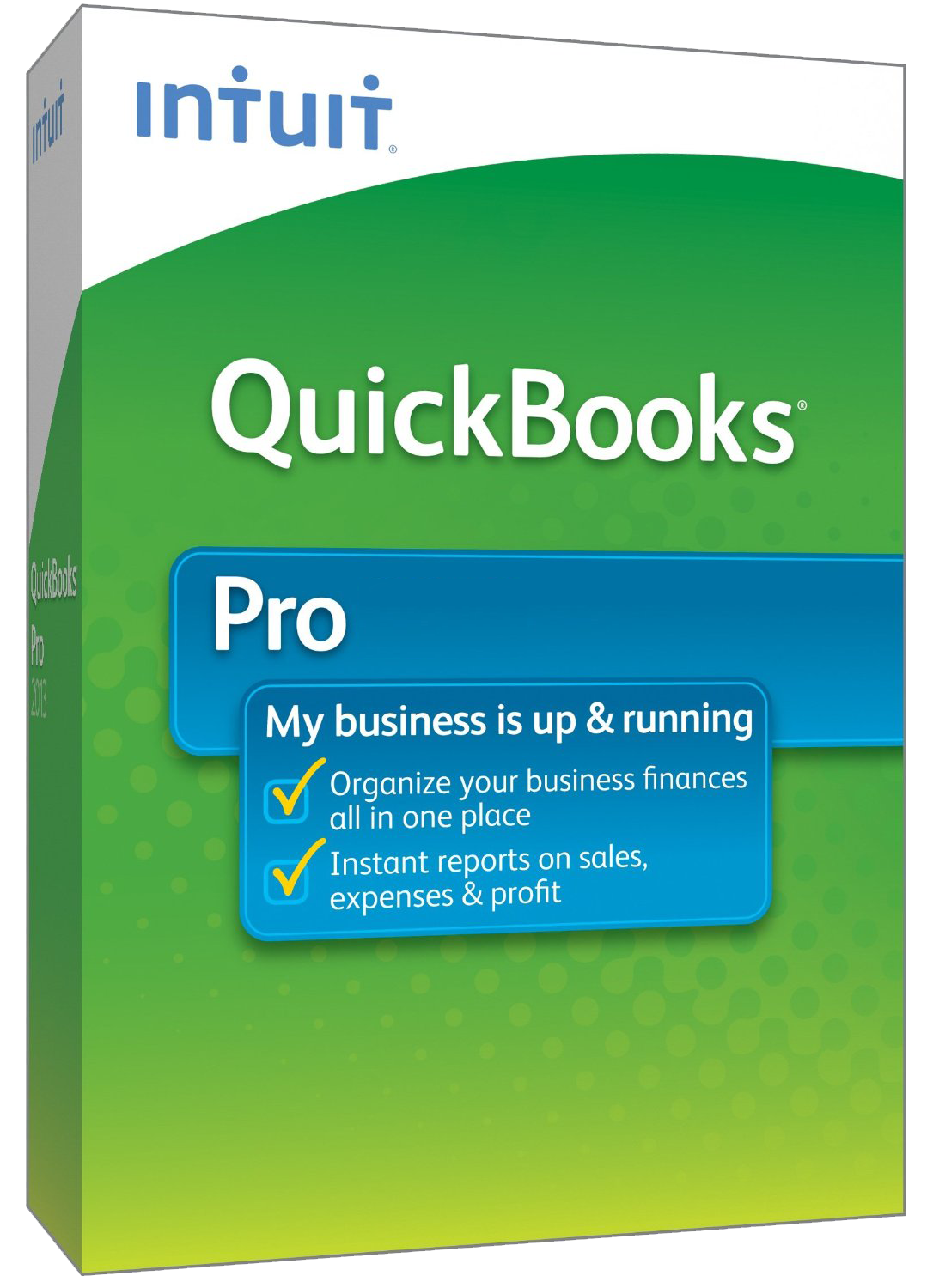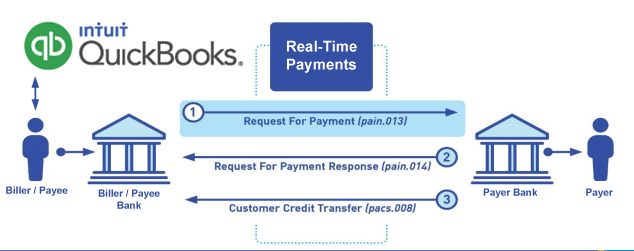QuickBooks ® Receive Payments File Format
The Best Solution for Payment Processing in QuickBooks®
Today Payments is an Authorized Reseller of Intuit offering a highly robust app that supports both QuickBooks’ desktop and online customers, provide merchants with the tools they need so they can focus more time on their customers and businesses, and less time on data entry.
"Our Integrated payment solutions can save a typical small business owner more than 180 hours each year"
See
the features
QuickBooks® ACH, Cards, FedNow and Real-Time Payments
- Payment processing for all QuickBooks desktop, Pro, Premier, Enterprise and also QBO QuickBooks Online Our software is designed for simplicity and ease-of-use.


- ~ Automate Account Receivable Collection
- ~ Automate Account Payable Payments
- ~ One-time and Recurring Debits / Credits
Secure QB Plugin payment processing through QuickBooks ® specializes in the origination of moving money electronically.
Ask about our special:
Request for Payments
To receive QuickBooks Online (QBO) FedNow, ACH, and Real-Time Payments (RTP) Request for Payments (RfP) into your business bank account, you will follow a process that includes understanding the file formats involved, how QuickBooks generates these requests, and how to import or process them through your bank’s online platform.
Here is a step-by-step guide:
1. Understand the Payment File Formats
Each payment type (FedNow, ACH, and RTP) has specific file formats that your bank needs to support. Understanding these formats will help ensure that the requests are properly processed by your bank.
FedNow Request for Payment (RfP)
- File Format: FedNow payments typically use the ISO 20022 XML format for payment messaging.
- Details Included:
- Payment amount
- Payer (customer) and payee (your business) details
- Invoice or reference numbers
- Payment due date and remittance information
ACH (Automated Clearing House)
- File Format: ACH payments typically follow the NACHA file format, which is a structured text file format that contains payment information.
- Details Included:
- Account numbers and routing numbers
- Payment amount
- Payment type (credit or debit)
- Addenda information for remittance details
Real-Time Payments (RTP) Request for Payment
- File Format: Like FedNow, RTP payments also use the ISO 20022 XML format.
- Details Included:
- Payment amount
- Payer and payee details
- Payment reference numbers
- Due date and any remittance details
2. Generate the Request for Payment in QuickBooks Online (QBO)
FedNow and RTP Payments:
Currently, QuickBooks Online doesn’t natively support generating files in the ISO 20022 XML format used for FedNow and RTP payments. However, you can create invoices or payment requests in QBO and export them as CSV or Excel files, which you will later convert into the necessary format.
- Create the Payment Request in QuickBooks Online:
- Go to Sales > Invoices or Receive Payments in QBO.
- Generate an invoice or payment request for the customer.
- Ensure all relevant payment details (amount, due date, reference number) are included.
- Export the Data:
- In the Reports section, generate a report of the transactions or payments that need to be processed.
- Export the report as a CSV or Excel file.
ACH Payments:
QuickBooks supports ACH payments directly through its banking features, where you can generate and send ACH payment requests.
- Enable ACH Payments in QBO:
- Ensure ACH is enabled for your QuickBooks account. This feature may be available under Payments or Receive Payments depending on your subscription level.
- Send ACH Requests:
- When an invoice is generated, customers can pay directly using ACH, and the payment will be recorded automatically in QuickBooks. You can view the ACH details in the Transaction History.
- Export ACH Data (Optional):
- If needed, you can export ACH payment details for record-keeping or for further processing in your bank’s dashboard.
3. Convert the QBO Data into the Appropriate File Format
For FedNow and RTP payments, QuickBooks does not directly export in ISO 20022 XML. To meet your bank’s requirements, you will need to convert the exported CSV/Excel file into ISO 20022 XML format using third-party software or integration tools.
- Use a Conversion Tool:
- Tools like ERP systems, payment gateways, or middleware software can help convert CSV/Excel data into ISO 20022 XML.
- Some of these platforms are compatible with QuickBooks and can directly integrate to automate this process.
- Check ISO 20022 XML Compliance:
- Use an XML validator tool to ensure the file complies with the ISO 20022 standards.
For ACH payments, if you export the details from QuickBooks, the file will already contain the necessary NACHA details. However, if your bank requires manual submission of ACH files, you will need to ensure the correct NACHA file format is maintained.
4. Log In to Your Business Bank’s Dashboard
Now that you have the file ready (either ISO 20022 XML for FedNow/RTP or NACHA for ACH), the next step is to upload it into your business bank’s system.
- Access Your Bank’s Online Platform:
- Log in to your bank’s online business banking platform.
- Navigate to the Payments or Cash Management section, where ACH, RTP, and FedNow services are provided.
- Locate the Payment Request Section:
- Look for the section that allows you to upload
or receive Request for Payments (RfP). Depending on the bank,
this might be under:
- Instant Payments for RTP/FedNow
- ACH Payments
- Batch Payment Import for uploading files.
- Look for the section that allows you to upload
or receive Request for Payments (RfP). Depending on the bank,
this might be under:
5. Upload the Payment File
For FedNow and RTP (ISO 20022 XML):
- Upload the ISO 20022 XML File:
- In the FedNow or RTP section, upload the ISO 20022 XML file.
- Your bank’s system will validate the file and process the payment requests.
For ACH (NACHA File Format):
- Upload the NACHA File:
- Go to the ACH section and upload the NACHA file. Some banks provide a specific tool for validating NACHA files before submission.
6. Review and Confirm Payments
After uploading the file:
- Validate the Upload:
- Most banks will validate the structure and content of the file before processing payments.
- If there are any errors (missing information, incorrect formatting), the bank’s system will notify you, allowing you to correct and re-upload the file.
- Submit the Payment Requests:
- Once validated, you can submit the payment requests for processing.
- For FedNow and RTP, payments are processed in real time, meaning the funds will be transferred almost instantly.
- For ACH, the payments may take 1–2 business days depending on processing times.
7. Monitor Payment Status
Once the payments are processed:
- Track Payment Status:
- You can monitor the status of the payments within your bank’s dashboard. For FedNow and RTP, the status will update in real-time. For ACH, you may need to check after a few days.
- Record in QuickBooks:
- Ensure that the payments are correctly recorded in QuickBooks Online. For ACH payments processed through QuickBooks, this happens automatically. For FedNow and RTP, you may need to manually record the payment or use a third-party integration to automate the process.
Key Considerations:
- Bank-Specific Procedures: Every bank may have slightly different procedures for handling payment file uploads. Make sure to consult with your bank for specific requirements and steps.
- File Format Compliance: Always check that the files (ISO 20022 XML for FedNow/RTP and NACHA for ACH) comply with your bank’s file format standards. Validation tools can help ensure the files are error-free.
- Security: Ensure that sensitive payment data is properly encrypted when uploading files to your bank’s system, following your bank’s security protocols.
Conclusion:
By following these steps, you can successfully receive and process FedNow, ACH, and Real-Time Payments (RTP) Request for Payments (RfP) from QuickBooks Online into your business bank’s platform. The process involves preparing the data in QBO, converting it into the required formats (ISO 20022 XML for FedNow/RTP or NACHA for ACH), and uploading it into your bank’s dashboard for real-time or scheduled processing.

Call us, the .csv and or .xml Request for Payment (RfP) file you need while on your 1st phone call! We guarantee our reports work to your Bank and Credit Union. We were years ahead of competitors recognizing the benefits of RequestForPayment.com. We are not a Bank. Our function as a role as an "Accounting System" in Open Banking with Real-Time Payments to work with Billers to create the Request for Payment to upload the Biller's Bank online platform. U.S. Companies need help to learn the RfP message delivering their bank. Today Payments' ISO 20022 Payment Initiation (PAIN .013) show how to implement Create Real-Time Payments Request for Payment File up front delivering message from the Creditor (Payee) to it's bank. Most banks (FIs) will deliver the message Import and Batch files for their company depositors for both FedNow and Real-Time Payments (RtP). Once uploaded correctly, the Creditor's (Payee's) bank continuing through a "Payment Hub", will be the RtP Hub will be The Clearing House, with messaging to the Debtor's (Payer's) bank.
Our in-house QuickBooks payments experts are standing ready to help you make an informed decision to move your company's payment processing forward.
Pricing with our Request For Payment Professionals

1) Free ISO 20022 Request for Payment File Formats, for FedNow and Real-Time Payments (The Clearing House) .pdf for you manually create "Mandatory" (Mandatory data for completed file) fields, start at page 4, with "yellow" highlighting. $0.0 + No Support
2) We create .csv or .xml formatting using your Bank or Credit Union. Create Multiple Templates. Payer/Customer Routing Transit and Deposit Account Number may be required to import with your bank. You can upload or "key data" into our software for File Creation of "Mandatory" general file.
Fees = $57 monthly, including Support Fees and Batch Fee, Monthly Fee, User Fee, Additional Payment Method on "Hosted Payment Page" (Request for file with an HTML link per transaction to "Hosted Payment Page" with ancillary payment methods of FedNow, RTP, ACH, Cards and many more!) + $.03 per Transaction + 1% percentage on gross dollar file,
3) Payer Routing Transit and Deposit Account Number is NOT required to import with your bank. We add your URI for each separate Payer transaction.
Fees Above 2) plus $29 monthly additional QuickBooks Online "QBO" formatting, and "Hosted Payment Page" and WYSIWYG
4) Above 3) plus Create "Total" (over 600 Mandatory, Conditional & Optional fields of all ISO 20022 Pain .013) Price on quote.
